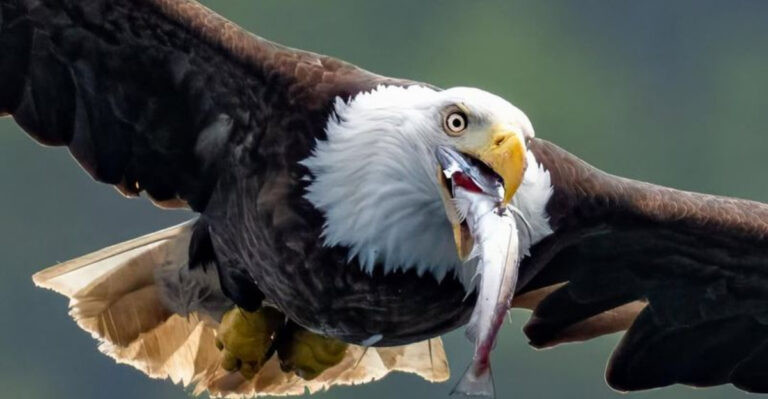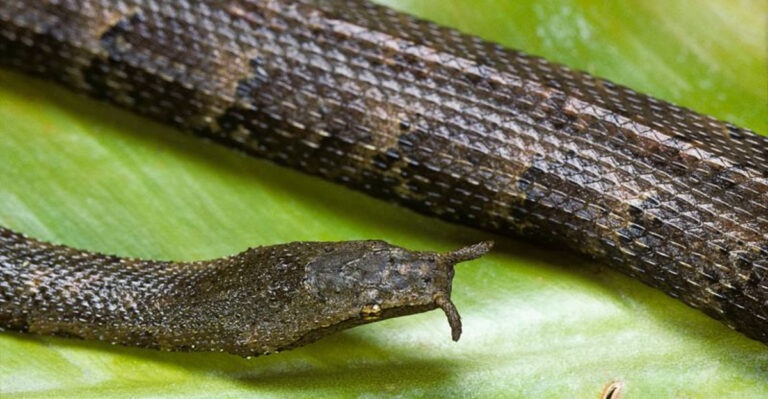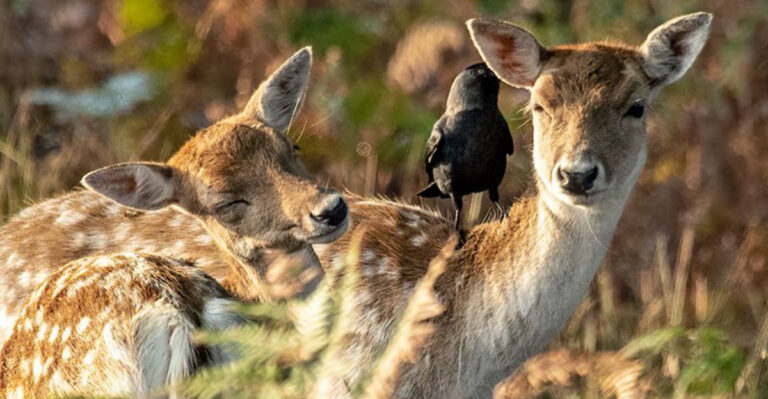How To Identify A Downy Woodpecker
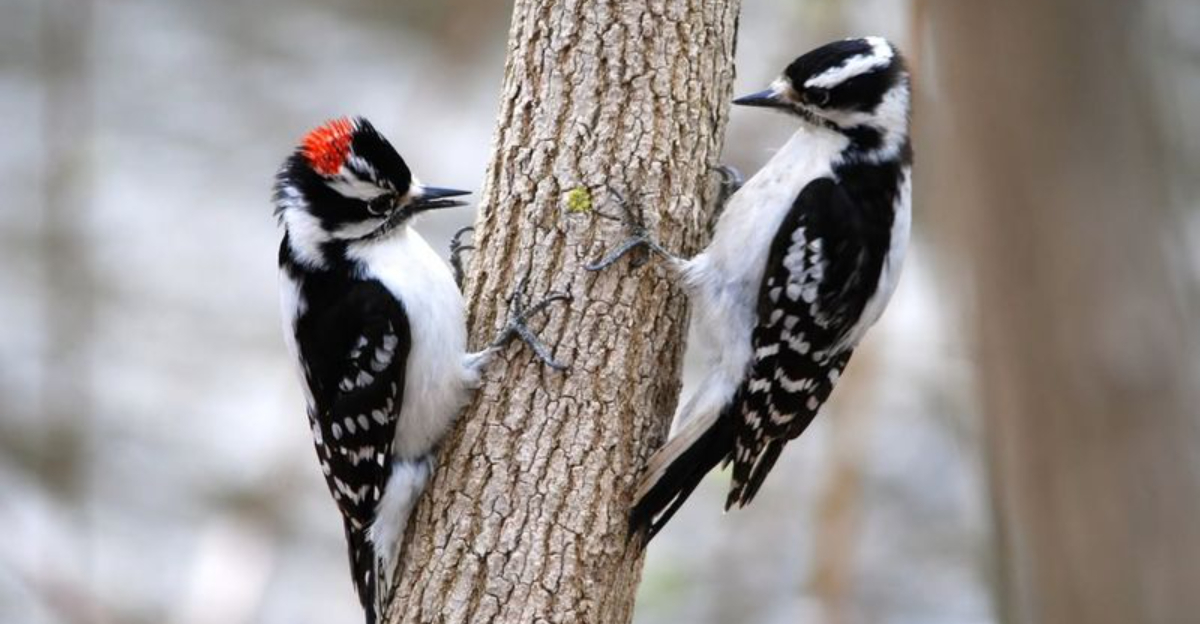
Picture this: you’re out in the woods, surrounded by the gentle rustling of leaves, and suddenly you hear a rhythmic tapping echoing through the trees. No, it’s not a forest elf practicing percussion; it’s likely a Downy Woodpecker making its presence known.
But how can you be sure it’s this tiny drumming avian and not some other bird? Fear not, dear reader, because this guide will turn you into a Downy Woodpecker detective faster than you can say ‘peck!’
1. Charming Size
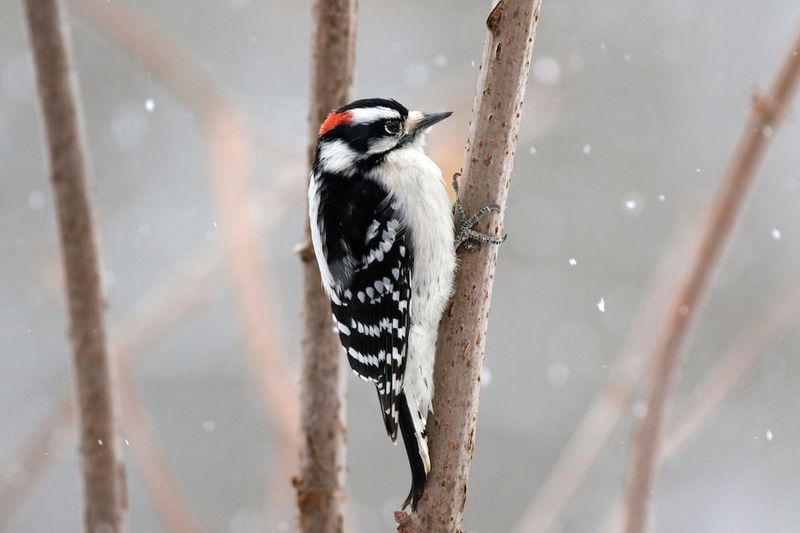
Ever seen a bird that could easily fit in the palm of your hand? That’s our Downy Woodpecker for you! Being the smallest woodpecker in North America, its size is quite the standout feature. When you’re trying to spot this little guy, remember that it measures only about 6 to 7 inches from head to tail.
Picture a sparrow, and you’ve got the right idea. Watch for its delicate frame flitting from tree to tree. Its small stature allows it to perform acrobatic feats, clinging to thin branches with the grace of a gymnast.
2. Distinctive Bill
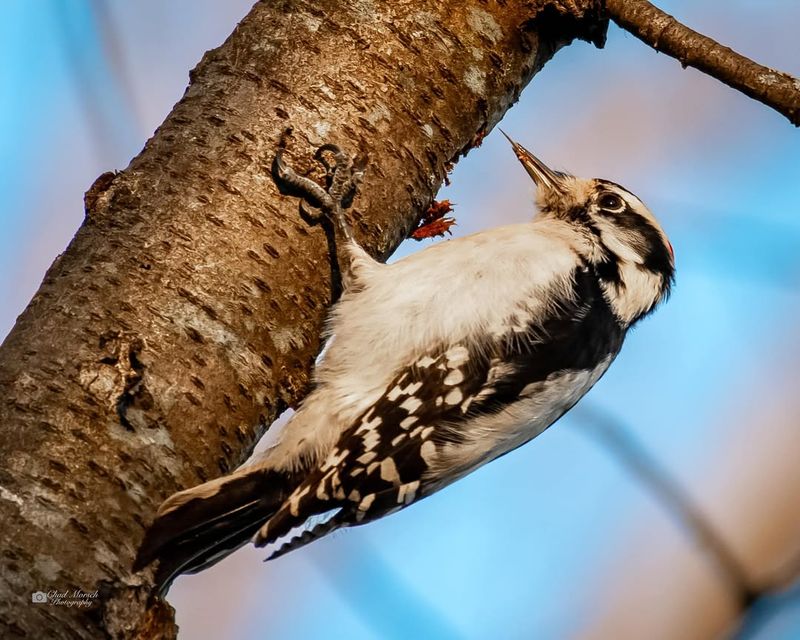
Now, let’s talk about that bill! Unlike its larger woodpecker cousins, the Downy sports a short, dainty bill that’s almost as cute as a button. It’s less than half the length of its head, perfect for nimbly picking insects off bark.
Keep an eye out for how it navigates tree trunks with that tiny tool, tapping away like a nature’s miniature carpenter. Don’t be fooled by its size, though; this little bill gets the job done. So next time you think you’ve spotted a Downy Woodpecker, check for its charmingly undersized toolkit!
3. Unique Black And White Pattern
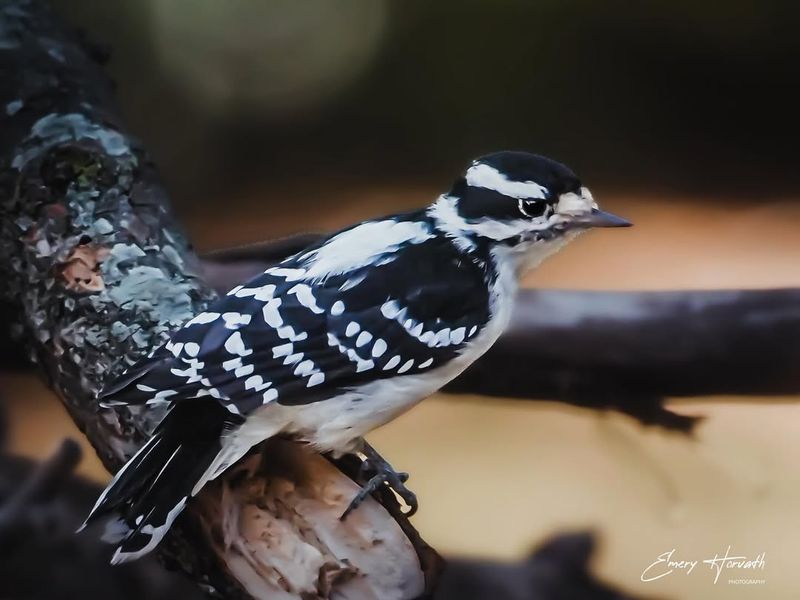
Ah, the classic monochrome look! Downy Woodpeckers boast a striking black and white pattern that would make any fashionista envious. It’s like they’re wearing a timeless tuxedo, with crisp black wings adorned with white spots.
Look closer, and you’ll notice the white belly that adds to its debonair style. This bold pattern not only sets it apart from its relatives but also helps in blending with the bark of trees, a perfect camouflage for sneakily foraging insects. So, when you’re in the woods, keep your eyes peeled for this sharp-dressed bird.
4. Red Nape Accent
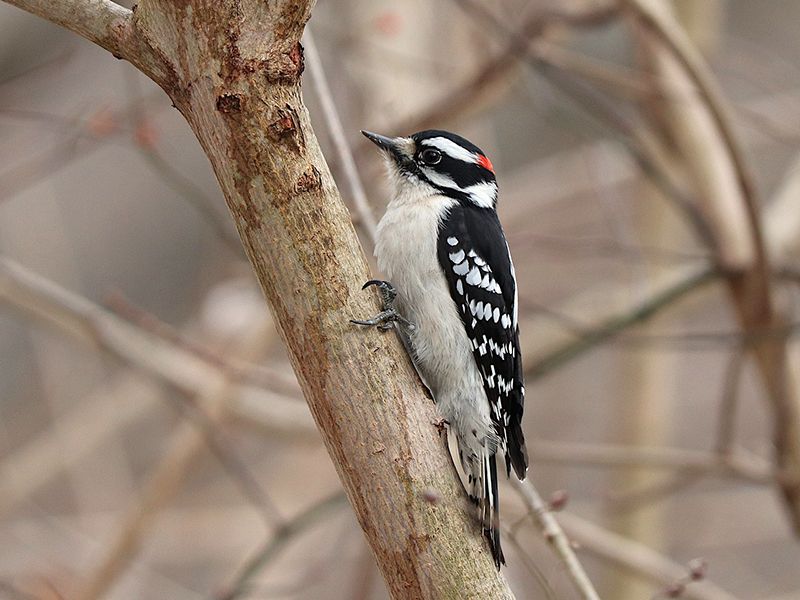
If you spot a tiny splash of red amidst the black and white, you’ve found a male Downy Woodpecker. That little red patch on the nape is like the cherry atop a sundae, subtle yet striking. Female Downies, however, keep it simple with their monochrome ensemble, lacking the red flair.
This vibrant embellishment is a handy identifier, especially during mating season when the males are out and about flaunting their colors. So, if you catch a glimpse of red, give yourself a pat on the back—you’ve identified a male Downy Woodpecker!
5. Tree-Hugging Behavior
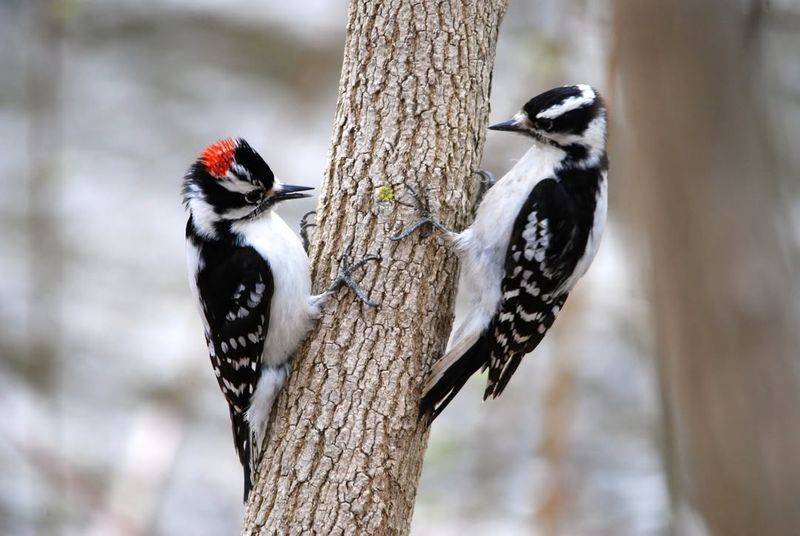
Ever seen a bird that seems to defy gravity? Downies are masters of tree-hugging, using their stiff tail feathers as a prop to cling vertically on tree trunks. This skillful balancing act allows them to forage with agility.
If you catch one scuttling up a tree in search of insects, you’re witnessing a true acrobat at work. It’s a delightful spectacle, watching how they navigate effortlessly, much like a rock climber scaling a wall. So, when you see a bird defying gravity, odds are it’s our talented Downy friend!
6. High-Pitched Call
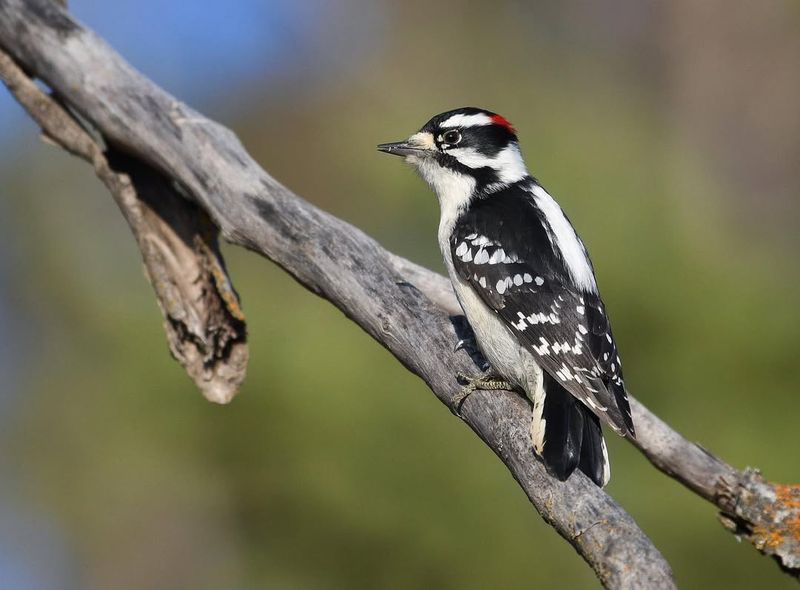
Listen closely, and you might just hear a Downy before you see it. Their call is a high-pitched, rapid “pik” that resonates through the woods. It’s like the bird equivalent of a walkie-talkie beep, short and sweet.
Tune your ears to this sound when you’re out exploring, as it’s a tell-tale sign of Downy activity. These calls can vary slightly between individuals, but once you recognize it, you’ll be able to identify a Downy Woodpecker from afar, even if it’s hidden from view.
7. Diligent Foraging
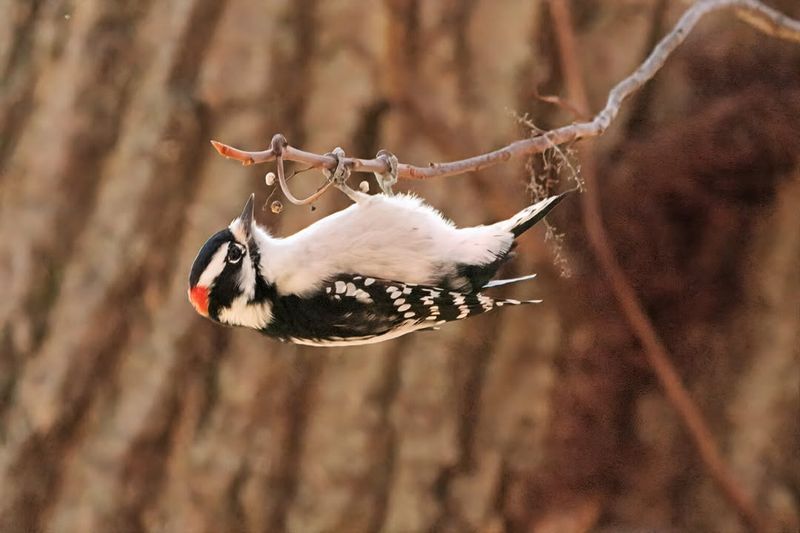
Downies are relentless when it comes to foraging. Watch them peck away at tree bark, searching for insects and larvae with the focus of a treasure hunter. They’re not just tapping randomly; these birds are strategic, using their acute hearing to detect movement beneath the surface.
It’s fascinating to observe their persistence, as they methodically work their way around branches. This behavior not only helps them feed but also controls insect populations, proving that even the smallest creatures play crucial ecological roles.
8. Preferred Habitat
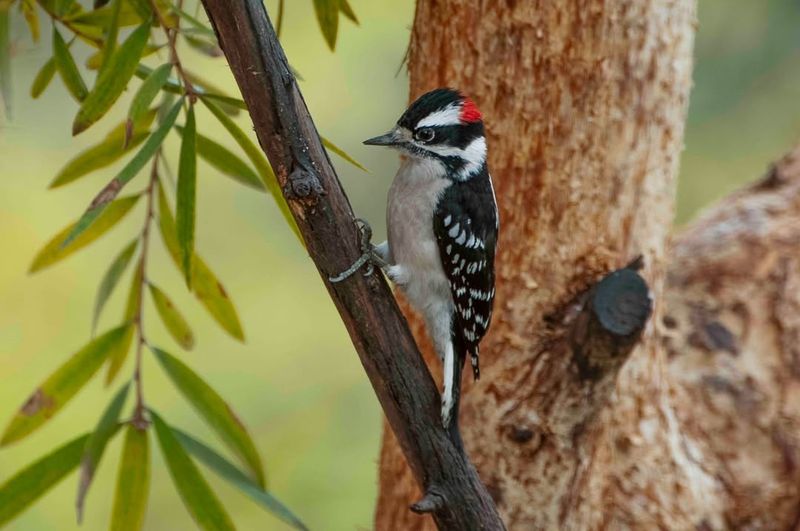
Where can you find these charming birds? Look no further than mixed deciduous forests, where they feel right at home. Downies have a preference for habitats rich in trees, whether it’s a sprawling woodland or your local park.
They’re quite adaptable, often found in suburban areas, giving city dwellers a glimpse of wilderness. Their presence is a testament to nature’s ability to thrive amidst human landscapes. Keep an eye on your backyard trees; you might be lucky enough to have a Downy Woodpecker as your neighbor!

